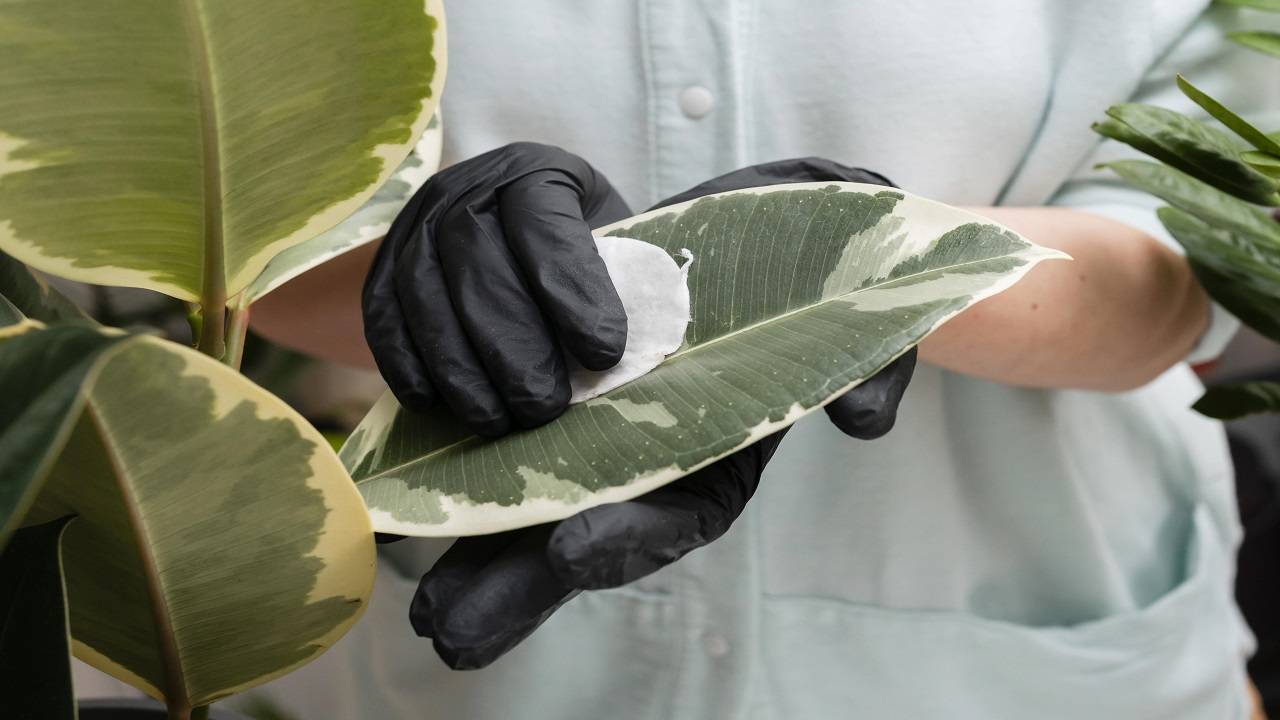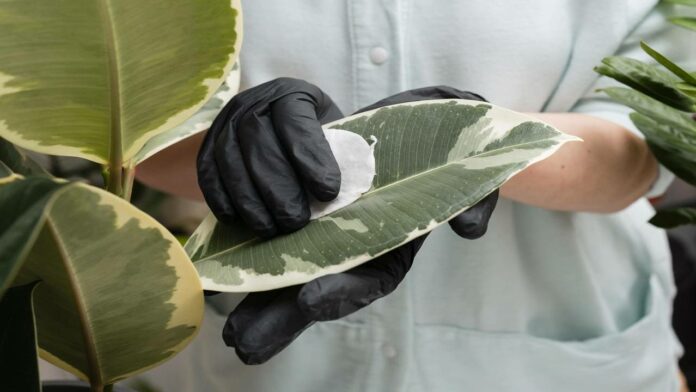
You’ve worked hard to grow high-quality crops for your community, but the presence of diseased plants can threaten your livelihood and food reserves. By learning about different plant diseases, you can recognize signs of infection, treat symptoms, and prevent their spread. Here’s a guide to recognizing and managing these conditions to promote healthy plant growth.
How to identify plant disease?
The process of identifying plant diseases involves becoming familiar with the specific symptoms to watch for. Infections can manifest as changes in plant growth, activity, color and overall appearance. Detecting these warning signs enables you to intervene quickly and effectively to treat affected plants.
In the event that you notice symptoms of an illness, you also have the option of collecting samples from the affected areas and sending them to a nearby university or treatment center for laboratory tests and diagnosis.
Common plant diseases
Once you have the knowledge needed to identify various plant diseases, you can take proactive steps. Here is a list of some common plant diseases to watch out for.
1. To bloom and rot
Blossom-end rot is a condition caused by calcium deficiency in crops such as tomatoes, squash, and eggplants that causes damage to the lower ends of flowers or fruits in crops such as tomatoes, squash, and eggplant.
Several factors contribute to the development of this problem, including:
-
Over- or under-watering the soil
-
Imbalance in soil pH levels
-
Increased sodium levels
-
Damage to plant roots
-
High use of nitrogen rich fertilizers
Consider the following steps to treat affected areas and prevent the spread of blossom end rot to other growing crops:
-
Cut off the damaged parts of the fruit.
-
Test the calcium content of your soil.
-
Monitor your soil’s pH level regularly.
-
Help plants develop.
-
Choose vegetable varieties that are tolerant of low calcium levels.
-
Apply mulch to retain moisture, especially in dry seasons
-
Avoid over-fertilizing and choose calcium-rich fertilizers.
-
Maintain consistent and appropriate watering practices, avoiding over- and under-watering.
2. Anthracnose
Anthracnose is a fungal infection that affects plants, trees as well as various fruits and vegetables. This can result in visible symptoms such as sunken, and deep lesions on leaves, flowers, fruits and stems. This fast-spreading fungus can also damage developing shoots and leaves.
Fungal growth on plants, vegetables, fruits and trees is the main cause of anthracnose. This plant disease thrives in warm, humid environments and can be spread by irrigation. It is capable of infecting entire plants and can even lead to the death of tree branches.
Common symptoms of anthracnose include:
Here are some recommendations for managing anthracnose in plants:
-
Remove affected plants and dispose of properly.
-
Cut dead wood from trees and discard infected leaves.
-
Apply a fungicide containing copper to the plants.
3. Downy mildew
Downy mildew, a fungal disease, results in wilting and yellowing of the leaves, sparing the stem and petioles of the plant, possibly leading to leaf death. It can infect various crops such as basil, watermelon, cucumber, sunflower and grape. This fungus thrives in hot and humid climates, causing significant reduction in crop yields.
Mild mildew symptoms:
-
Leaf wilting and yellowing
-
Brown seeds on underside of leaves
-
Yellow mosaic pattern on the upper surface of the leaf
-
Affected areas are turning brown.
Consider the following strategies for dealing with downy mildew:
-
Remove and dispose of affected plants properly.
-
Trim and discard affected areas.
-
Prune lower leaves to increase air circulation.
-
Disinfect pruning shears with bleach or alcohol to prevent further spread.
-
Keep plants dry
-
Pick up leaves from the ground.
-
Implement drip line irrigation to water plants.
-
Apply mulch to retain soil moisture.
4. Mosaic virus
Mosaic viruses are commonly found in crops such as tomatoes, cucumbers and squash, causing yellow, white and dark green spots and blotches on the leaves. Common symptoms of mosaic virus include:
It is important to prevent mosaic viruses because they can be difficult to treat. You can reduce plant damage caused by mosaic virus by applying these treatments:
-
Remove and dispose of affected plant areas by burning or disposal.
-
Clean gardening tools with mild bleach to minimize spillage.
-
Monitor nearby plants for signs of infection.
5. Early blight
Skin blight, a fungal disease, affects tomatoes, potatoes, eggplants, and peppers. Fast-spreading fungal pathogens are responsible for skin disorders. Wet, humid and rainy conditions, such as morning dew, create an ideal environment for its spread. Because early blight can be difficult to distinguish from Septoria and bacterial leaf spot disease, it is important to recognize the symptoms.
Early blight symptoms may include:
-
Quarter-inch to half-inch brown spots
-
Oval spots near the stem and damaged fruit
-
Dark brown rings on leaves with yellow leaf tissue surrounding brown spots
Early blight can be difficult to control, and cultural methods are often the most effective solution:
-
Remove affected areas of plants and dispose of immediately.
-
Choose more tolerant plant varieties.
-
Use fertile soil.
-
Use subsurface irrigation and avoid overhead systems.
-
Apply mulch to the soil to reduce soil erosion.
6. White mold
White rot is a fungal disease that affects a variety of plant species, including lettuce, beans and peas. The white mold fungus develops in the spring and summer and can spread to other plants through the air in cool conditions. Symptoms of white mold may include:
To deal with white mold:
-
Remove affected plants.
-
Use mulch or plastic to cover infected soil and prevent further spread.
-
Replace contaminated soil with fresh, uncontaminated soil.
Control plant disease with appropriate tools.
Controlling plant diseases with appropriate tools is essential to maintain healthy crops. Start by choosing the right tools for the job, such as pruners, shears, or sprayers, depending on the specific disease and plant type. Ensure all equipment is clean and properly disinfected to prevent cross-contamination. Inspect your plants regularly for signs of disease, and when necessary, use equipment to remove infected plant parts or apply treatments such as fungicides or insecticides.
Storing and maintaining your equipment properly will also extend its lifespan and effectiveness in disease management. By using the right tools and practicing good maintenance, you can significantly reduce the impact of plant diseases on your garden or farm.
First Published: 06 Oct 2023, 13:53 IST
